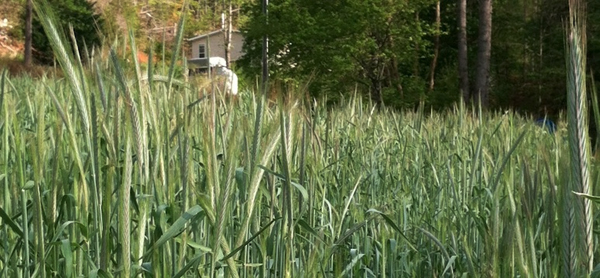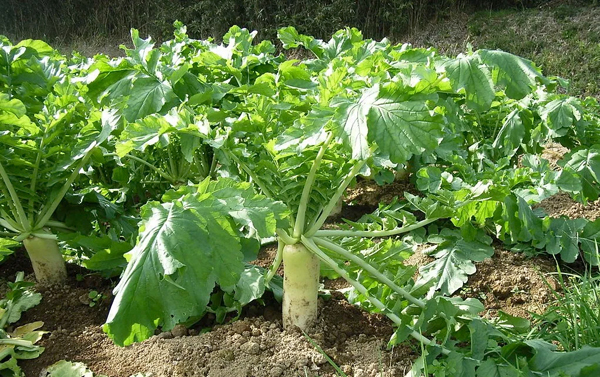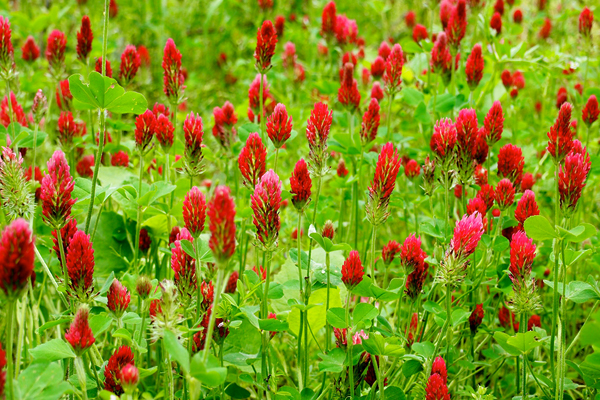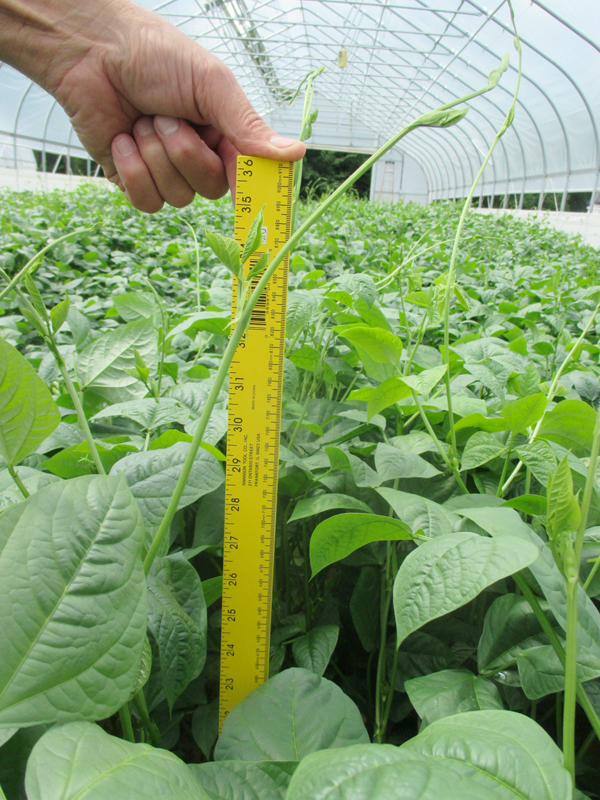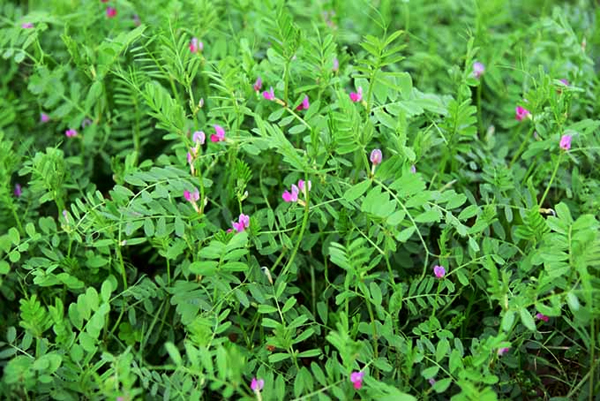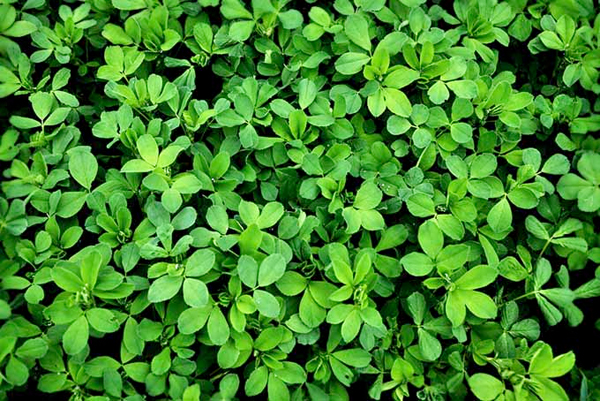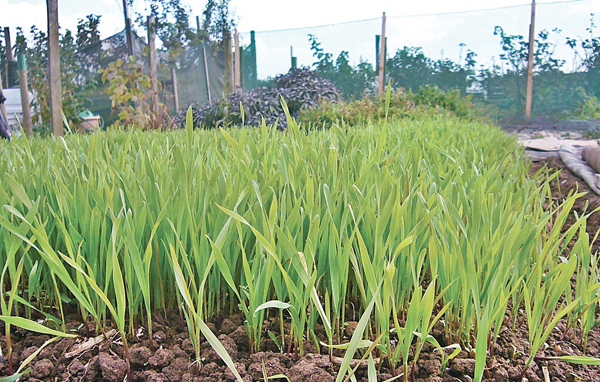
Chapter 25
Are you growing a cover crop?
Cover crops are plants that are planted to cover the soil rather than for the purpose of being harvested. Cover crops are usually may be an off-season crop and may grow through the winter.
The purposes for growing cover crops are many and there are a wide variety of plants used to grow these cover crops depending on your reason for growing them. They may be grown to prevent erosion, as a source of nitrogen, as a weed fighter, or as a subsoiler. They can be used for their foliage value if you are interested in feeding the wildlife.
Below is a cover crop chart from the University of Minnesota comparing different cover crops. Since I am interested in breaking up the soil a bit and bringing nutrients deep in the soil to the surface, I will be growing annual ryegrass and tillage radishes. Depending on what you want from your cover crop you can choose what exactly you want to plant. After the first frost I will be covering my crop with a tarp and in the spring when I plant I will just be pulling the crop back where I plant or scratching it into the surface of the soil. Soil life will break it down.
The Cover Crop Chart
We've rated cover crops on how effective they are at providing various benefits, using the following grading system in the chart below.
Cover Crop Chart
Name |
Nitrogen source |
Nitrogen scavenger |
Erosion preventer |
Weed fighter |
Subsoiler |
Forage value |
Grasses |
||||||
Millet (foxtail, pearl, etc.) |
No |
Very Good |
Very Good |
Very Good |
Good |
Good |
Sorghum-sudangrass |
No |
Excellent |
Very Good |
Excellent |
Good |
Excellent |
Sudangrass |
No |
Excellent |
Very Good |
Excellent |
Fair |
Excellent |
Oats |
No |
Very Good |
Very Good |
Very Good |
Fair |
Very Good |
Annual ryegrass |
No |
Very Good |
Very Good |
Good |
Excellent |
Very Good |
Winter cereal rye |
No |
Excellent |
Excellent |
Excellent |
Very Good |
Very Good |
Wheat (spring or winter) |
No |
Very Good |
Very Good |
Very Good |
Good |
Very Good |
Triticale |
No |
Excellent |
Excellent |
Very Good |
Good |
Very Good |
Barley (spring or winter) |
No |
Very Good |
Very Good |
Very Good |
Good |
Good |
Broadleaves |
||||||
Buckwheat |
No |
Very Good |
Good |
Very Good |
No |
No |
Flax |
No |
Good |
Fair |
No |
Good |
No |
Brassicas |
||||||
Radish (tillage, daikon, etc.) |
No |
Very Good |
Good |
Very Good |
Excellent |
Good |
Forage turnip |
No |
Very Good |
Good |
Very Good |
No |
Good |
Canola |
No |
Very Good |
Good |
Good |
Good |
Fair |
Mustard |
No |
Very Good |
Good |
Good |
Good |
Fair |
Legumes |
||||||
Berseem clover |
Excellent |
Good |
Very Good |
Good |
Fair |
Very Good |
Crimson clover |
Very Good |
Good |
Good |
Good |
Good |
Very Good |
Red clover |
Excellent |
Good |
Excellent |
Very Good |
Good |
Very Good |
White clover |
Good |
Good |
Very Good |
Good |
No |
Very Good |
Cowpea |
Very Good |
Fair |
Good |
Good |
No |
Good |
Field or winter pea |
Good |
Good |
Good |
Fair |
Fair |
Very Good |
Vetch |
Excellent |
Good |
Good |
Good |
Good |
Fair |
Alfalfa |
Very Good |
Good |
Very Good |
Good |
Very Good |
Excellent |
Soybeans |
Good |
Good |
Fair |
Good |
No |
Good |
https://extension.umn.edu/cover-crops-minnesota/cover-crop-options
